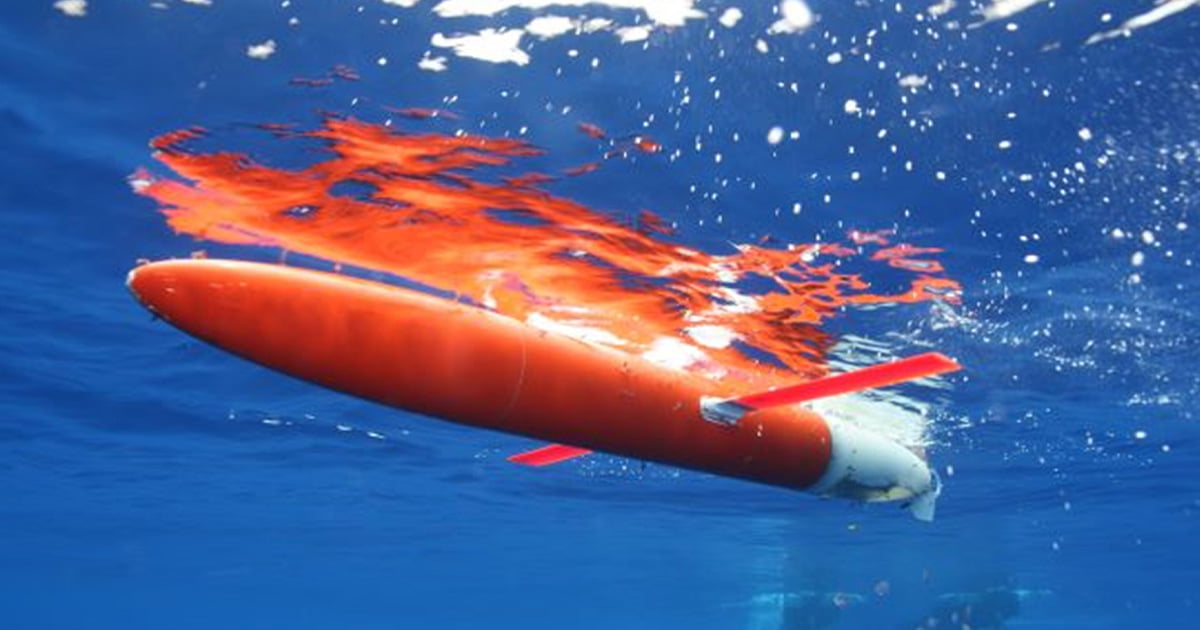That’s why a group of the world’s leading ocean science, philanthropic and advocacy organizations organized the Ocean Pavilion at the UN’s annual climate conference. COP28 in Dubai gave us an opportunity to carry this message to global leaders across civil society.
MORE DATA NEEDED
Events of the past year have afforded us a glimpse of a future in which extreme weather events become more commonplace and societal upheaval driven by our inaction more likely. Altering this future rests on civil leaders being able to make informed decisions, and the burden to provide the basis for these decisions rests on the scientific community. There is, however, only so much we can do with the relatively limited data we have, something that is especially true for those of us who work in the ocean.
The ocean can seem almost cruelly designed to thwart efforts to peer into its interior. It is a cold, dark, corrosive environment that would like nothing more than to crush or batter our sensitive instruments into oblivion. Pioneering programs like Argo and the Ocean Observatories Initiative offer ways to measure critical variables at useful time and space scales, but there are still too few of these and they are too sparely distributed to keep track of an immense, constantly changing volume that seems designed to defy regular observation.
Before you think this is another plea for more investment in science, consider the alternative of turning away from this challenge. Climate change and the cost of carrying on with business as usual is stunningly expensive. Extreme weather events in the US over the last four decades have cost Americans an average of $60 billion per year. In the 2020s alone, there were more than $400 billion in US climate-related losses. These events are increasing in cost and frequency, and disproportionately affect the disadvantaged who are on the front lines of risk geographically, economically, and socially.
THE CO2 PROBLEM
Cutting greenhouse gas emissions must be our immediate priority. As we work toward this goal, however, we must now also remove carbon dioxide from the atmosphere to stay below the critical, yet imminent, 2°C warming threshold. In this, the ocean is humanity’s ally. Since the Industrial Revolution, the ocean has naturally absorbed about 30% of the atmospheric carbon dioxide we have produced. From phytoplankton on the surface to the seafloor sediments, a host of physical, chemical, and biological processes can lock away additional heat-trapping carbon, sometimes for thousands of years. The deep ocean alone holds 50 times more carbon than Earth’s atmosphere.
Independent science must lead as we pursue safe, effective solutions that leverage these processes. The ocean could help us restore balance to our climate, but we need more “eyes” in the ocean to measure, understand, and make informed decisions about our future. Only with better observations will we build knowledge about what is happening below the surface and over the horizon.
This story was originally featured in ON&T’s December Special Edition 2023 issue. Click here to read more.

